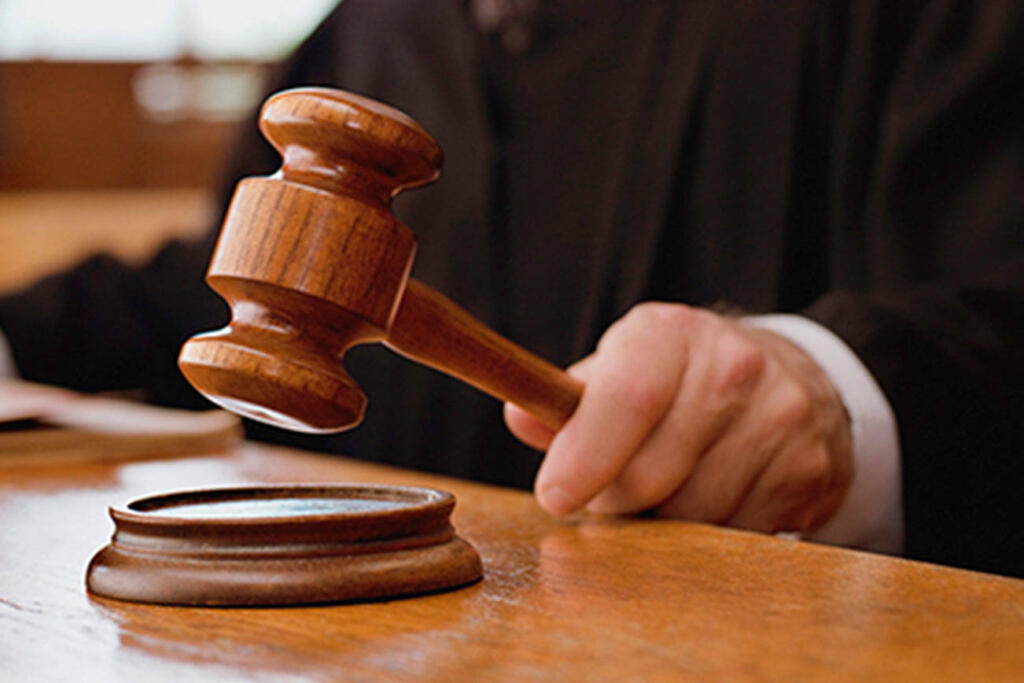The Allahabad High Court recently addressed concerns about religious gatherings and their potential impact on India’s demographic makeup. This article examines the court’s observations and their implications for religious freedom and conversion practices in the country.
The Court’s Stance on Conversion
Justice Rohit Ranjan Agarwal expressed apprehension that unchecked religious assemblies focused on conversion could alter India’s demographic landscape. This statement came during the dismissal of a bail application under Uttar Pradesh’s anti-conversion law. The case involved an accused individual named Kailash, who allegedly organized an event in Delhi where people, particularly from disadvantaged backgrounds, were reportedly pressured to convert to Christianity.
Key Points:
1. Concern over majority becoming minority
2. Need to halt gatherings promoting conversion
3. Interpretation of constitutional rights
The court’s remarks highlight the growing tension between religious freedom and concerns about demographic changes. These observations raise questions about the long-term societal impacts of conversion practices and their potential to reshape India’s religious landscape.
Constitutional Interpretation and Conversion
The court emphasized that while Article 25 of the Indian Constitution guarantees religious freedom, it does not explicitly permit conversion. The bench clarified that “propagation” in this context means promotion, not actively changing one’s faith. This interpretation seeks to draw a line between the right to practice and promote one’s religion and actively encouraging others to change their faith.
The court stated, “Article 25 of the Constitution of India provides for Freedom of conscience and free profession, practice, and propagation of religion, but it does not provide for conversion from one faith to another faith.” This distinction is crucial in understanding the legal boundaries of religious activities and conversion practices.
Vulnerable Populations and Conversion
Observations on Conversion Trends:
1. Frequent conversions among SC/ST communities
2. Economic factors influencing conversion decisions
3. Rapid spread across Uttar Pradesh
The court noted a pattern of conversions among economically disadvantaged groups, particularly Scheduled Castes and Scheduled Tribes. This trend raised concerns about potential exploitation of vulnerable populations. The bench observed that there has been a “rampant pace” of unlawful conversions of individuals from these communities to Christianity across Uttar Pradesh.
These observations highlight the complex socio-economic factors that may influence conversion decisions. It raises questions about the role of poverty, social inequality, and lack of opportunities in driving religious conversions among marginalized communities.
Legal Implications and Bail Denial
Based on these considerations, the court rejected the bail application of the accused, Kailash. Kailash was charged with converting a group of local Hindus to Christianity. The decision reflects the judiciary’s stance on maintaining religious demographics and protecting vulnerable groups from potential coercion. The court stated, “This Court, prima facie, finds that the applicant is not entitled for bail. Hence, the bail application of applicant involved in the aforesaid case crime is, hereby, rejected.”
This ruling underscores the seriousness with which the court views alleged conversion activities, especially those targeting vulnerable populations. It also sets a precedent for how similar cases might be handled in the future.
Increasing Instances of Illegal Conversion
Reports suggest a rise in unlawful conversion cases. Some allege that certain groups employ deceptive methods to convert members of the Hindu majority covertly. These claims have led to increased scrutiny of religious activities and calls for stricter enforcement of anti-conversion laws.
The rise in reported conversion cases has sparked debates about religious freedom, social cohesion, and the role of the state in regulating religious practices. It has also led to increased tension between different religious communities and raised concerns about the potential for social unrest.
Balancing Religious Freedom and Social Harmony
The court’s observations highlight the delicate balance between protecting individual religious freedoms and maintaining social harmony. While the right to practice and propagate one’s religion is a fundamental right in India, the court’s remarks suggest a growing concern about the potential misuse of this freedom for conversion purposes.
This situation presents a challenge for policymakers and legal experts: how to protect genuine religious freedom while preventing exploitative or coercive conversion practices. It also raises questions about the role of education, economic development, and social reform in addressing the root causes that might make certain populations more susceptible to conversion efforts.
Conclusion
The Allahabad High Court’s observations highlight the complex interplay between religious freedom, conversion practices, and demographic concerns in India. As this issue continues to evolve, it will likely shape future legal and social discourse on religious conversion and its societal impact.
ALSO READ: ‘Rahul Gandhi should seek therapy sessions’:- Kangana Ranaut

